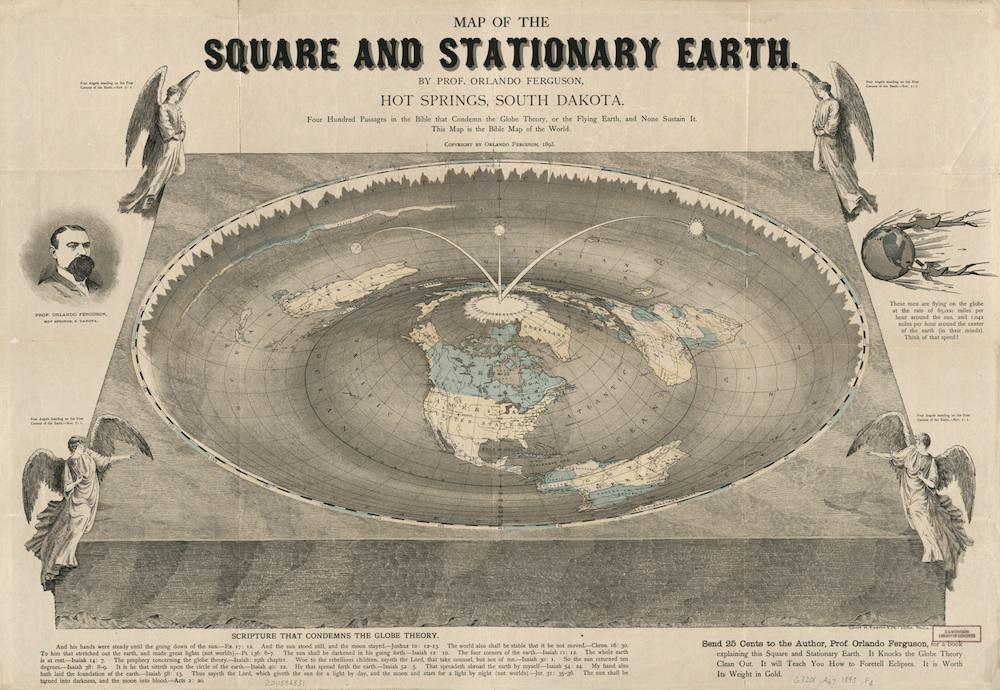

But a globe is only of limited use: you can’t fold it, put it on a wall or print it in a book.Ī sheet of paper is altogether more handy but it’s not possible to show the earth’s features on a flat surface without causing distortion. This makes it easy enough to represent on a schoolroom globe.

The cause of all the argument is that the earth is inconveniently round. Despairing of traditional-minded map-makers coming up with anything better he decided to do the job himself While he was writing his own history of the world, Peters was surprised to discover that there was no map of the world that he considered fair or even scientific - and came to the conclusion that cartographers had produced a ‘faulty school of thought based on false premises’. It is the ‘Eurocentric’ character of most previous maps to which German historian Arno Peters most objects - a distortion produced and reinforced, he says, by ‘four centuries of European world domination’. Most of us assume that this is what all maps do anyway - so we may be surprised to learn that Europe, which on the traditional ‘Mercator projection’ looks larger than South America, is in reality only half its size. Its most attractive aspect is that it presents all countries according to their true surface areas.

Arno Peter’s new projection of the world was first published back in 1974 and since then has produced its share of both controversy and converts.


 0 kommentar(er)
0 kommentar(er)
